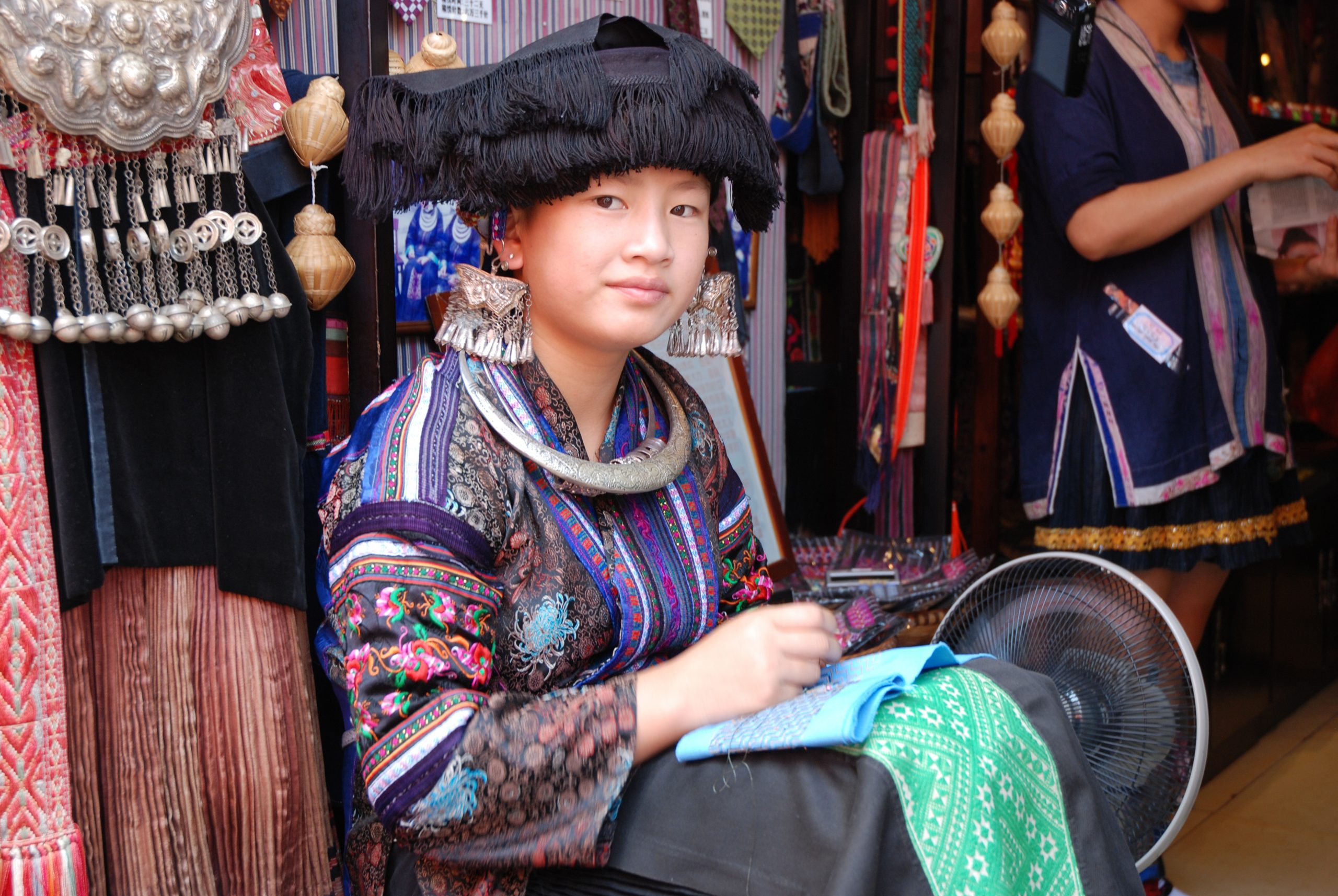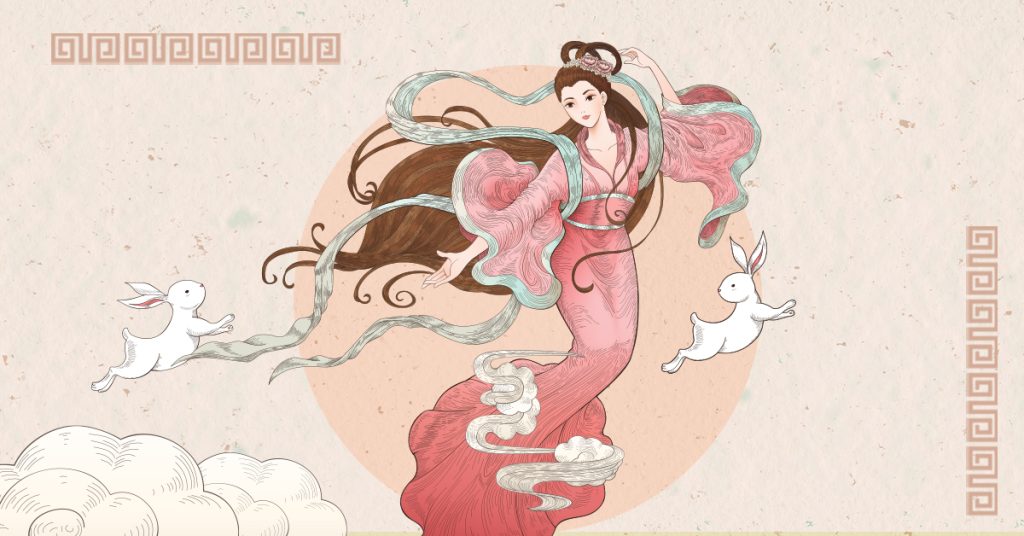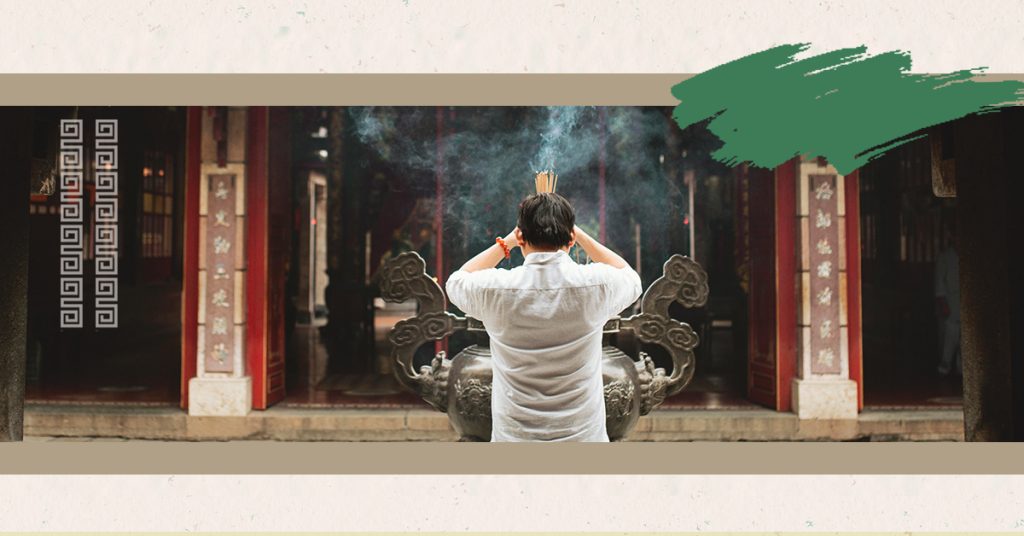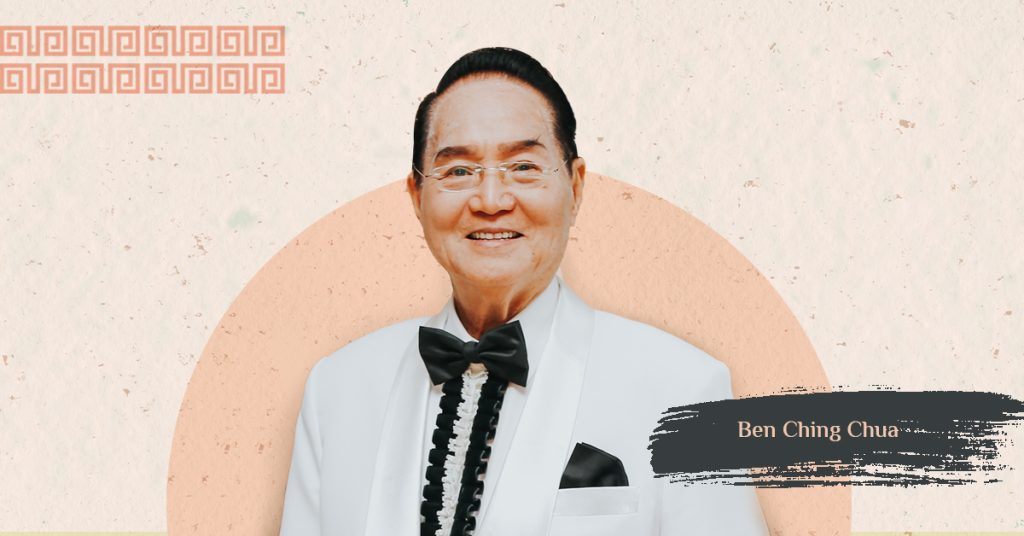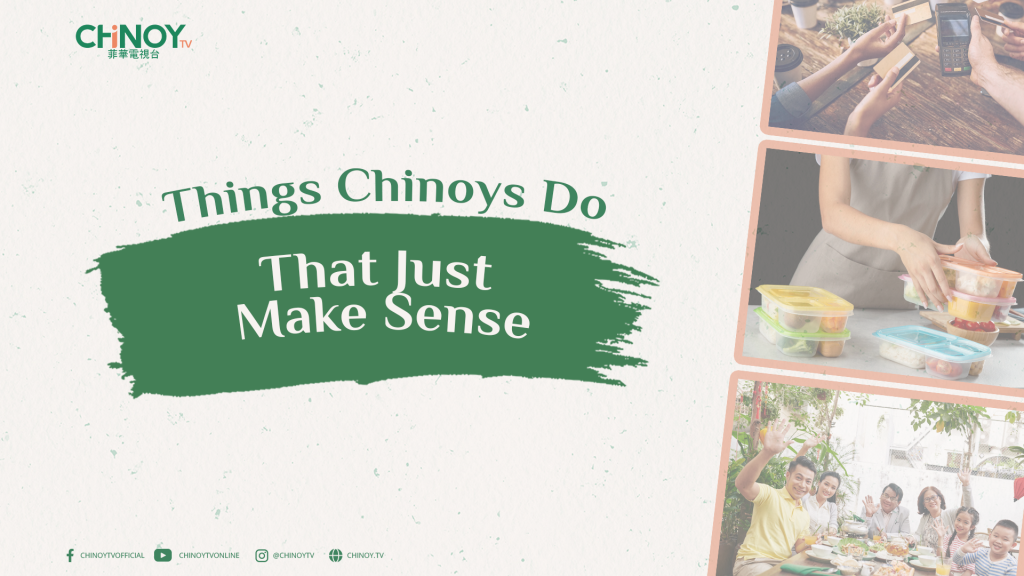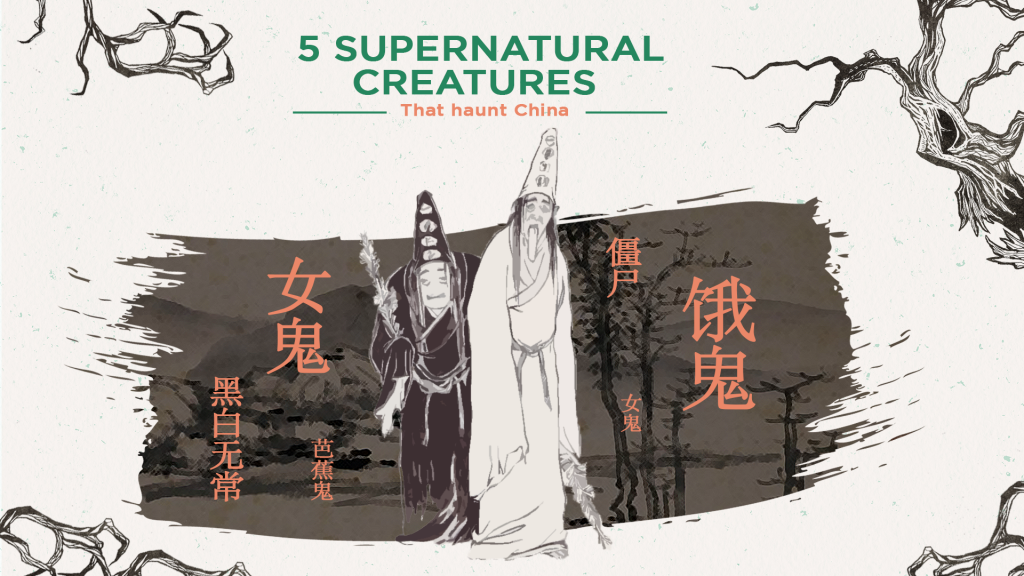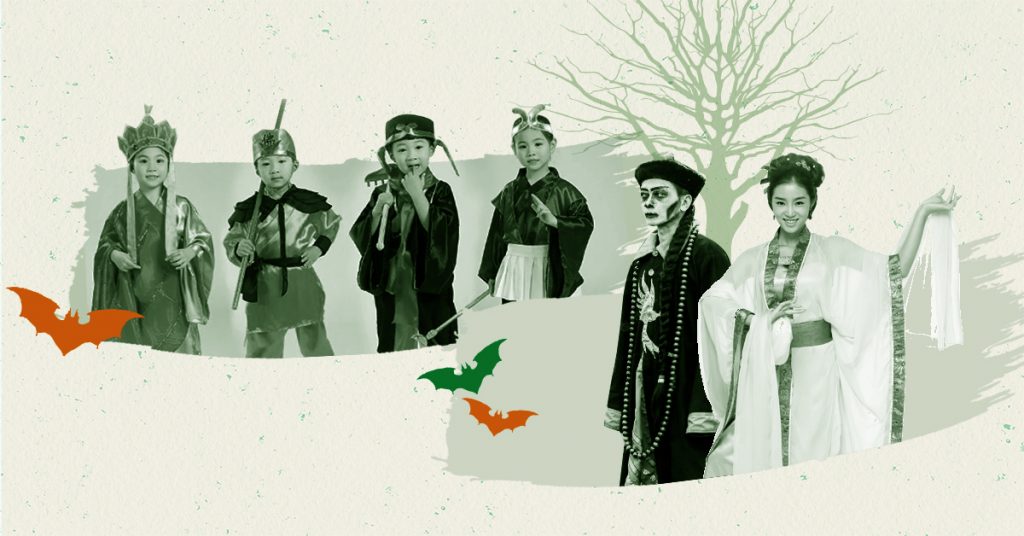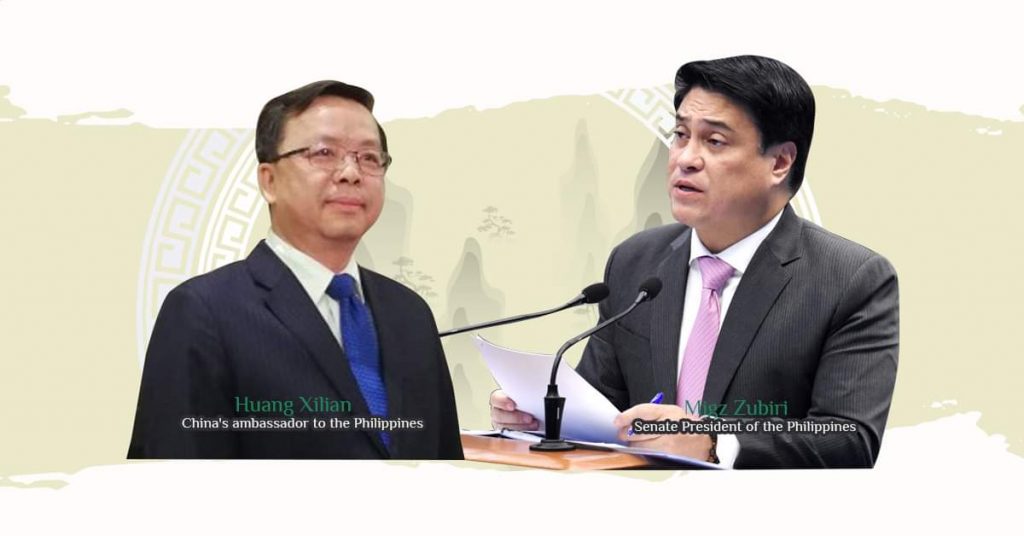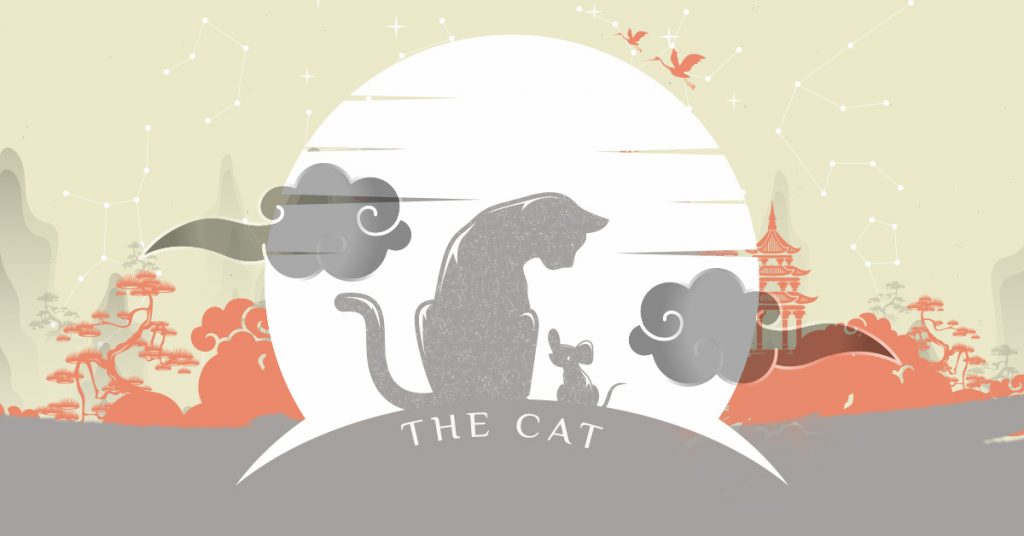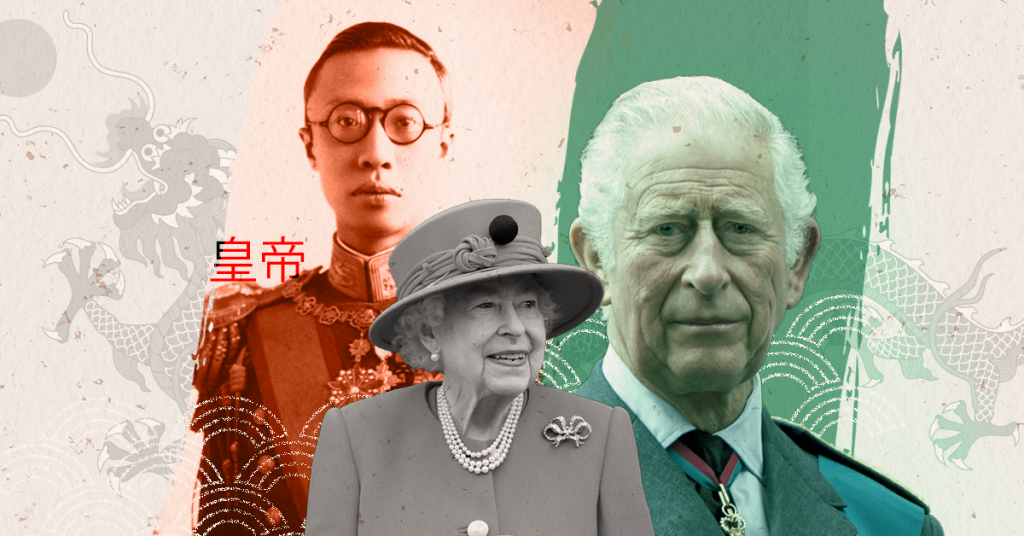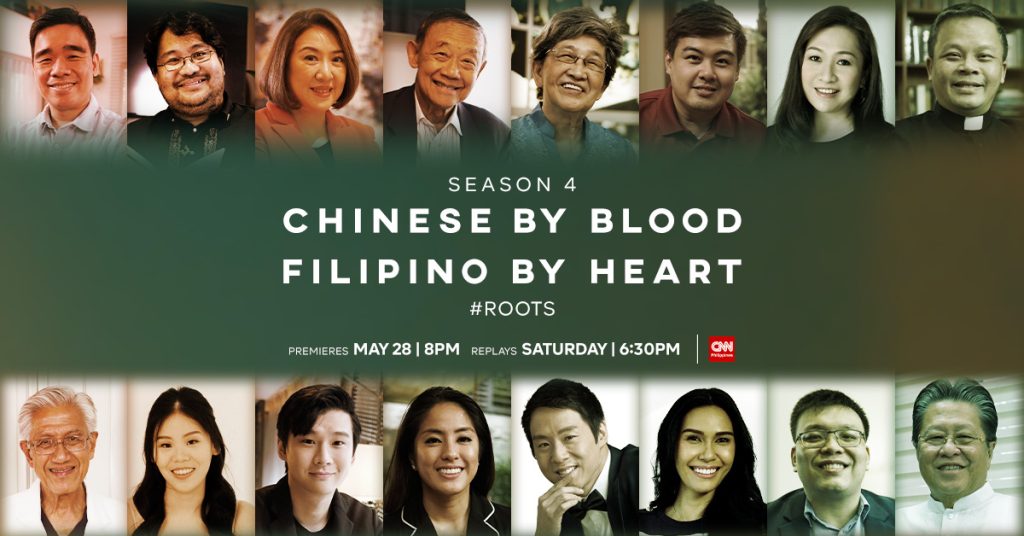What comes into your mind when you hear the words “Chinese food”?
Let me guess: dimsum. From siomai to xiao long bao, dimsum’s quick, easy, and yet delicious. You might also think about Yang Chow Fried Rice; really, it’s just a thing we all order in our Chinese restaurants. You might also think about peking duck, steamed lapu-lapu (grouper), roasted asado, salt and pepper squid, steamed suahe, and of course mango sago to finish.
HOWEVER, what if I were to tell you that in China’s Yunnan province, they serve rose cookies, which are made of actual rose petals? In Xinjiang, they serve lamb kebabs. Stuffed river snails (yes, you read that right) is a thing in Guangxi. In Tibet, they have this drink called butter tea!
Here’s the thing: China is so big that most of us don’t even realize that in one of its provinces, a cookie is made of actual rose petals. Many of us are unaware that within China lies so many cuisines, cultures, and ethnic minorities.
China isn’t China without its ethnic minorities. A country isn’t what it is without its ethnic minorities. The major ethnicity and prevailing culture does not define a country’s identity.
Besides, China’s ethnic minorities are beautiful! Let’s look at a few of them:

There’s the northeastern city of Harbin, which is very near Russia, and is traditionally part of what we might know as Manchuria and the Manchurian people.
Temperatures can reach a whopping -35.0 °C and because of that, Harbin is China’s winter wonderland. It showcases the most amazing of ice sculptures and activities during winter, and in fact, it has its own winter festival: the Harbin International Ice and Snow Sculpture Festival. Cold, but simply breathtaking! Who can say this isn’t beautiful?
There’s also the Miao minority in the southern provinces of Guizhou, Yunnan, and the like. What makes them unique is that unlike in the traditional Confucian system, women are not as shunned, and they are known for their meticulously fine weaving and embroidery. What they make is regarded as valuable and artistic.

Very interestingly, whereas in Han-Confucian Chinese culture — the culture that most of us actually think about when we hear the word “Chinese” — it is the youngest son in Miao culture who receives the inheritance and is in charge of taking care of aging parents, not the eldest son.
What we may also not know is that there are Kazakhs as well, and they are recognized as a minority in China. They live in northwest China but trace their ancestry from Kazakhstan (central Asia), and their way of life is very unique from that of the majority Han people.

A yurt, which is common in the area
For one, though some live in urban areas, the culture of herding, raising animals like sheep, and seasonal migration is quite strong among Chinese Kazakhs. Lives are simple and nature provides all that they need materially. In addition, many speak Russian and Kazakh besides Mandarin. Arguably, their culture is more related to that of central Asia than that of the rest of China.
This isn’t exhaustive of all ethnic minorities, but why are we talking about all this anyway? What do we even get out of talking about this?
Well, for one, let’s not talk about “getting something out of it”. Our consumerist culture is already all about taking. For once, let’s be the one to give:
Let’s give appreciation. Our idea of culture and way of life can be so different from others, and yet they are people as much as we are. We belong to one human family
Second, let’s give recognition. This is also a call to see what’s beautiful in other cultures and maybe adopt those things into our lives, too. Our Chinese Kazakh brothers and sisters, for example, show us a thing or two about caring for our common home.
Third and finally, let’s give respect. We don’t have to agree with the beliefs of everyone, but may we recognize that it is in their right as humans to think freely, to live freely, and to love freely.
jjj
The author of this article:

An accomplished young Chinese Filipino writer and media personality, Aaron S. Medina is associated with the Philippine Daily Inquirer, the Ateneo de Manila University Chinese Studies Program, the Philippine Association for Chinese Studies, and CHiNOY TV. He has a passion for truth, justice, and Pokémon, too! Follow him on Facebook: https://www.facebook.com/aaron.joseph.s.medina/

